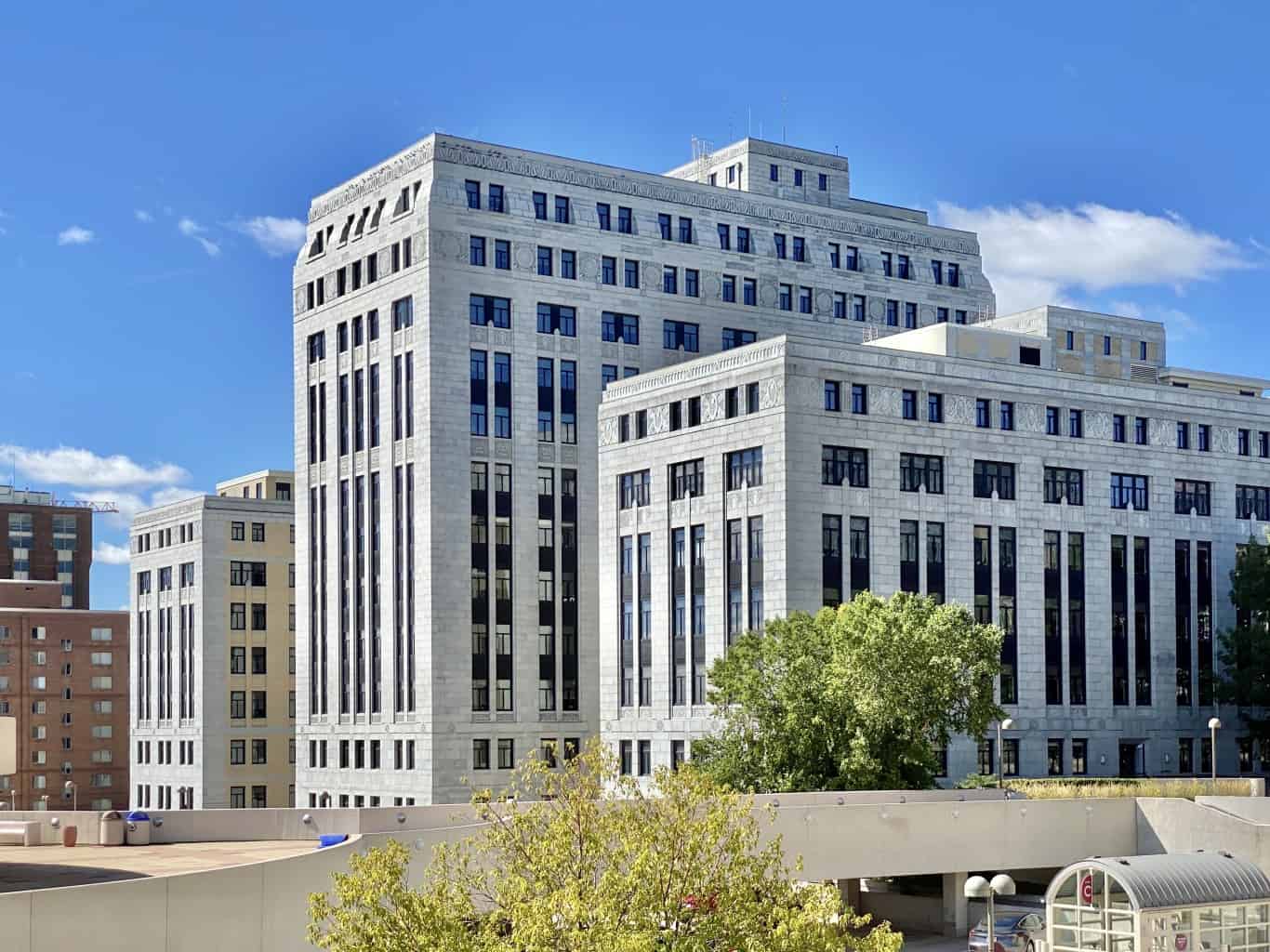
"There are thousands of buildings and sites classified as Modern Movement architecture in the National Register of Historic Places. Many of the Modern Movement capitals are in the West, with cities like Tucson, Phoenix, and Los Angeles home to the highest concentrations of NRHP-listed buildings in the style. New Canaan, Connecticut also stands out as a haven of Modern architecture, home to iconic structures like the Philip Johnson Glass House, the Noyes House, and the Landis Gores House. Also: 2 Dividend Legends to Hold Forever"
"Following from the principle "form follows function," The Modern Movement (International Style, Bauhaus, etc.) originated in Europe in the 1910s-1920s (e.g., Le Corbusier, Walter Gropius, Mies van der Rohe). It later spread to the U.S. mainly in the 1930s-40s, especially as European architects emigrated. Though not the birthplace of Modern architecture, America was influential in the movement (e.g., Chicago School, later mid-century modernism)."
The Modern Movement began in Europe in the 1910s–1920s with figures such as Le Corbusier, Walter Gropius, and Mies van der Rohe. The style emphasizes clean lines, open floor plans, flat roofs, rectilinear forms, and minimal ornamentation, enabled by steel, glass, and concrete. The movement spread to the United States in the 1930s–40s as European architects emigrated, and American practice, including the Chicago School and mid-century modernism, became influential. The National Register of Historic Places lists thousands of Modern Movement properties across the U.S. Major concentrations occur in the Southwest and in cities like Los Angeles, New York, Chicago, New Haven, and Sarasota.
#modern-movement-architecture #national-register-of-historic-places #southwest-us-modernism #mid-century-modern
Read at 24/7 Wall St.
Unable to calculate read time
Collection
[
|
...
]